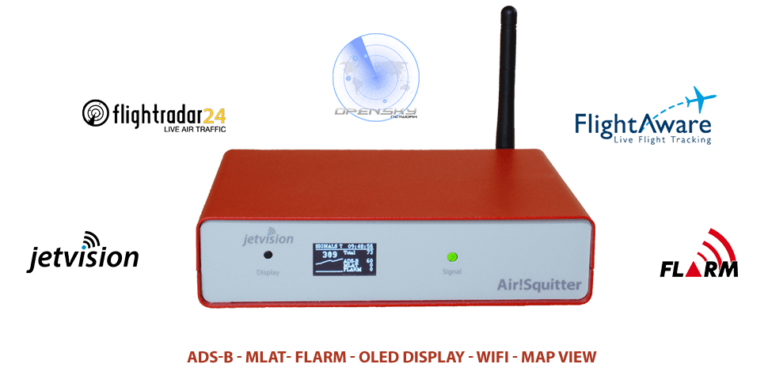

That said I haven’t experienced any negative performance issues on my modest XP set-up so unless you are using an ancient computer with a really slow CPU I’d give it a go – you can always revert to the originals by deleting the new symbols if need be.īy far the easiest method is to head over to Nic Storey’s excellent PlanePlotter reference site. Its worth pointing out that customising symbols adds to processor demands and complex shapes even further. The default aircraft symbols can be changed to display more accurate representations of actual aircraft plan forms.

That is about if for the Chart Options, for now anyway. That is a really nice visual reference feature.Ĭontrails can be added if required for both local and shared data. Talking of changing colours – look carefully – when aircraft are ascending the nose colour will change to cyan and when descending to brown. Excel spreadsheet of the FL colour scheme I currently employįor more information about Flight Levels and barometric pressure settings check out the Wikipedia link. One of these days I think I’ll simplify my scheme to just 5 colours and 5 flight levels (0-100, 100-200, 200-300, 400-500, 500-999 or something like that!). It can be as complex or simple as you make it. I found it useful to make a spreadsheet with the flight levels and then adjusted the colours until I was happy with the look. Custom colours can be assigned to each block and thus plots will change colour as they move ascend/descend through various levels. There are 14 default flight levels and these can be adjusted or changed to suit. For example unchecking all but FL-10 (lower limit) to FL100 (Upper limit) will display only plots under 1000ft to a maximum of 10,000ft. Here you can adjust the flight level interval in accordance with what you want displayed. To the right is a panel named Plot aircraft. If using actual maps or charts choose something darker as the light colours don’t show up well against multi coloured backgrounds. Mine are cyan for local and green for shared – plotted on an outline map (black background, though any colour can be used). The font size of the labels can also be changed, a background selected (good for regular maps) and the colour of local and shared plots so you can differentiate between what you are receiving and what is being shared. Some users prefer just one such as Type or Flight and this can be useful if your map is extended to cover a large area as it de-clutters the screen somewhat. There are 12 labels in total but for the most part I use 7 (Flight, Hex, Reg, Alt, Spd, Type and Sqk). These are all self explanatory such as Flight (callsign), Hex (ICAO hex code), Reg (aircraft registration), Alt (altitude) and Spd (speed). The Labels heading enables the user to select what data is displayed to the right of the aircraft symbol. In addition the aircraft data labels show what you can do by adjusting the Label settings under Chart Options…

I’ve complied a sort of time lapse graphic here that illustrates colour changes as RYR96YE climbs to altitude (note nose colour cyan). Initially the options seem bewildering, however its all quite straightforward, nevertheless I’d recommend changing a few things at a time and re-checking the display to see if its appropriate to your needs. To change these parameters we need to open up Chart Options (menu or easier via the spanner symbol). You may also catch an aircraft with blue concentric circles radiating from time to time – these aircraft are squawking ident usually as a result of a squawk change. Additional colours are also used – for example expiring aircraft are orange and Mlat white. The majority of the aircraft symbols seen will be yellow, but various colours can be assigned and labels expanded or reduced to individual preference. Now that everything is working (hopefully!), we can proceed to customising the display.


 0 kommentar(er)
0 kommentar(er)
